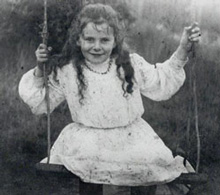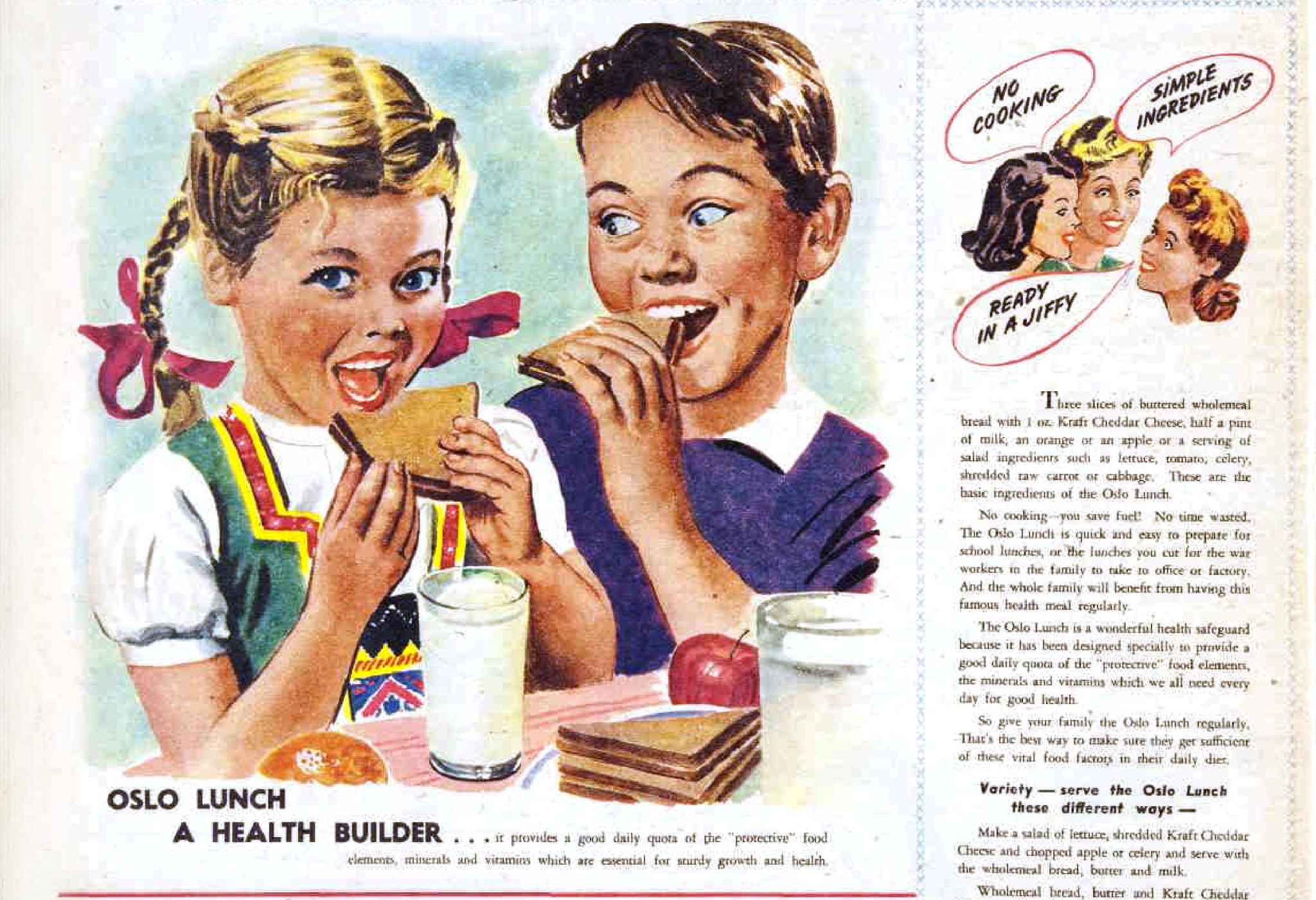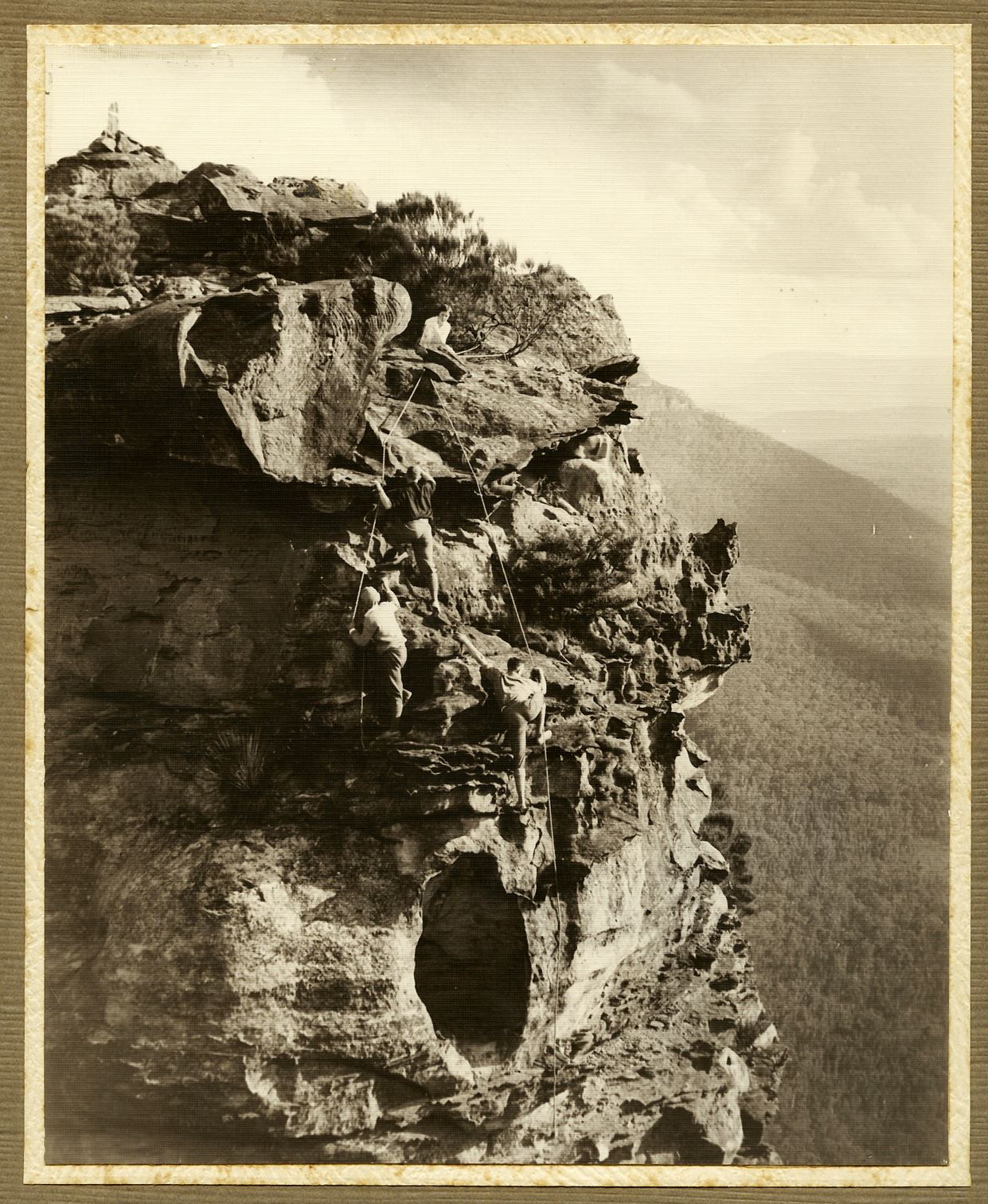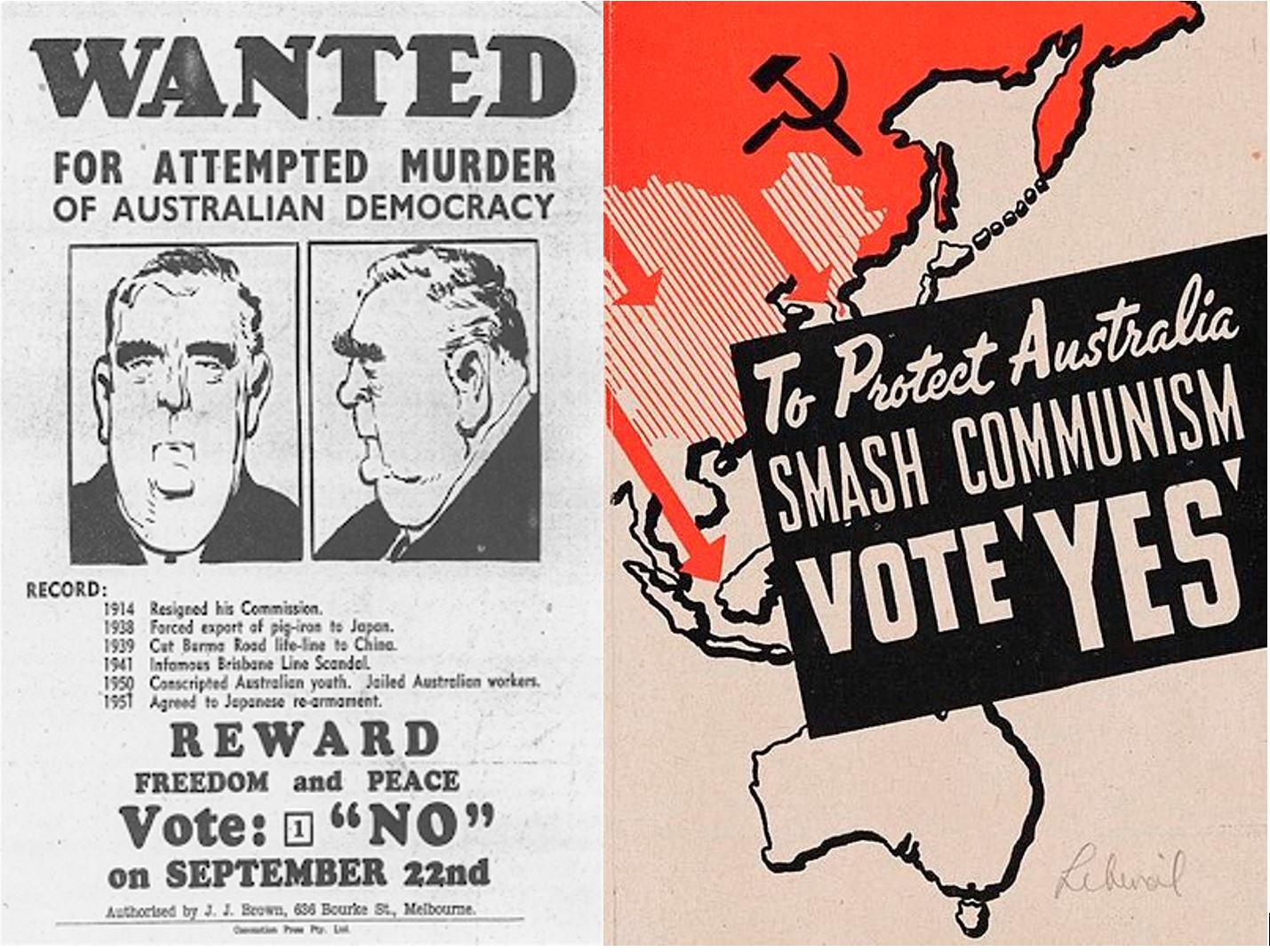 Left: Mists in Jamieson Valley, Echo Point By Harry Phillips Blue Mountains Local Studies Collection Right: File 27: Eleanor Dark, [ca 1940] / photographed by Max Dupain. Source: SLNSW Digital Collections
Left: Mists in Jamieson Valley, Echo Point By Harry Phillips Blue Mountains Local Studies Collection Right: File 27: Eleanor Dark, [ca 1940] / photographed by Max Dupain. Source: SLNSW Digital Collections
Eleanor Dark (nee O’Reilly) grew up during WW1 and lived for a while with her aunt in Mosman.
An interesting essay on her life and influences is written by one of the descendants of the family, Helen O’Reilly. I have also included information on Eric Dark who served in WW1, where he was awarded two MC’s for valour saving the wounded and was invalided out after being gassed.
 ‘Pixie’ O’Reilly participated in musicals at the Mosman Town Hall
‘Pixie’ O’Reilly participated in musicals at the Mosman Town Hall
Eleanor Dark, (1901–1985) by Marivic Wyndham
Small, dark and elfin, ‘Pixie’, as she was known to her family, attended several private schools before boarding at Redlands, Neutral Bay, from 1916 to 1920.
She married Eric Payten Dark, a medical practitioner and a widower with an infant son, John, on 1 February 1922 at St Matthias’s Church of England, Paddington. Eric and Eleanor shared many interests: literature, history, tennis, bushwalking, mountain-climbing and gardening. Next year they moved to Katoomba. In the relative isolation of the Blue Mountains, she resumed writing.
 Dr. Eric Dark, Mick Dark and Eleanor Dark with dog. https://library.bmcc.nsw.gov.au/client/en_AU/search/asset/1012697/0
Dr. Eric Dark, Mick Dark and Eleanor Dark with dog. https://library.bmcc.nsw.gov.au/client/en_AU/search/asset/1012697/0
Psychology fascinated Dark, and the bush was her physical and spiritual solace. She drew compelling landscapes of the mind and of the Australian natural environment.
 1948, Eleanor Dark with typescript of Storm of Time at ‘Varuna’
1948, Eleanor Dark with typescript of Storm of Time at ‘Varuna’
In 1959 the Australian poet John Manifold caught the confluence of these two streams in her work: ‘It was not principally for their human characters that I used to read and re-read these early novels of Eleanor Dark, but for the feel of sunlight and the smell of boronia. The characters were living such intensely inward lives, so wrapped in reminiscence and self-analysis, that I didn’t find them very good company … But the landscape, the Australianism of the background, that was dinkum!’
A residential writers’ centre was established in her memory at Varuna, the spacious, solid, brick home in the Blue Mountains that she had designed in 1939 and lived in for most of her adult life. She was appointed AO in 1977 and next year was given the Alice Award by the Society of Women Writers (Australia). Survived by her husband and their son, she died on 11 September 1985 at Katoomba and was buried in the Anglican section of Blackheath cemetery.
 Author’s Copy of “Timeless Land”
Author’s Copy of “Timeless Land”
The first volume of Dark’s trilogy, The Timeless Land, brought her acclaim both at home and overseas, especially in the United States of America, where it was the Book of the Month Club’s selection for October. A generation of Australian students learned the history of their country through her fictionalised account of the beginnings of European settlement; the book was for a time set on the school syllabus in New South Wales and Victoria.
-Australian Dictionary of Biography, Volume 17, (MUP), 2007 http://adb.anu.edu.au/biography/dark-eleanor-12400
 Eleanor Dark memorial plaque in Sydney Writers Walk at Circular Quay Source: https://commons.wikimedia.org/wiki/File:Eleanor_Dark_Sydney_Writers_Walk_plaque.jpg
Eleanor Dark memorial plaque in Sydney Writers Walk at Circular Quay Source: https://commons.wikimedia.org/wiki/File:Eleanor_Dark_Sydney_Writers_Walk_plaque.jpg
Eric Payten Dark, (1889–1987) by John Low
 Dr Eric Dark, Van Ralty, Sheffield, England, 1917. https://library.bmcc.nsw.gov.au/client/en_AU/search/asset/1012688/0
Dr Eric Dark, Van Ralty, Sheffield, England, 1917. https://library.bmcc.nsw.gov.au/client/en_AU/search/asset/1012688/0
Appointed a temporary lieutenant in the Royal Army Medical Corps on 15 March 1915, Dark sailed to England. He was sent to the Western Front, where he spent five months with the 18th General Hospital and two years with the 9th Field Ambulance. As a temporary captain (1916), he was awarded the Military Cross for evacuating the wounded under fire at Boesinghe (Boezinge), Belgium, on 31 July 1917. In October he was temporarily blinded and badly affected by gas, having removed his mask better to attend to casualties. Invalided to England, he recovered and was posted to a general hospital in Macedonia. He returned to Australia in July 1919.
 Soldiers wounded and blinded by gas attack
Soldiers wounded and blinded by gas attack
While on leave in Australia Dark had married Kathleen Aphra (`Daidee’) Raymond, a nurse, on 25 January 1918 at St Philip’s Church of England, Sydney. Next year they moved to Bungendore, where he worked in general practice. Following the birth of their son in 1920, Daidee died of septic peritonitis. Devastated, Dark returned to Sydney, where he became a demonstrator in the anatomy department at the University of Sydney.
 Dr Eric Payten Dark (1889-1987) married Eleanor O’Reilly (1901-1985) at Paddington, Sydney in 1922. https://www.flickr.com/photos/blue_mountains_library_-_local_studies/4267106831
Dr Eric Payten Dark (1889-1987) married Eleanor O’Reilly (1901-1985) at Paddington, Sydney in 1922. https://www.flickr.com/photos/blue_mountains_library_-_local_studies/4267106831
On 1st February 1922 at St Matthias’ Church of England, Paddington, he married Eleanor O’Reilly twelve years his junior; they were to have a son. They moved to Katoomba and bought a house named Varuna in 1923 and he took over a general practice.
 Eleanor and Michael
Eleanor and Michael
Dark published his innovative and successful Diathermy in General Practice (1930). He enjoyed reading and listening to classical music. A ‘small, wiry, energetic, extremely fit’ man, with ‘reddish hair, a small moustache and flying eyebrows’, Eric shared with Eleanor an enjoyment of gardening, tennis, golf, bush-walking and rock-climbing. He became a director of the Katoomba Colliery Ltd and Katoomba Hotels Pty Ltd.
Initially a political conservative, Dark witnessed the impact of the Depression on his patients. He realised that their health was influenced as much by political and economic factors as by viruses and bacteria. An advocate of the nationalisation of medicine, he published a collection of his articles, Medicine and the Social Order (1943). By the end of the 1930s, Dark was an active member of the Australian Labor Party, later serving as vice-president of the local branch. In the 1940s he stood twice, unsuccessfully, on the Labor ticket in council elections. He was involved in obtaining local community improvements such as a children’s library, healthy ‘Oslo’ lunches at the school, childcare facilities and a current affairs library.

 View of Blue Mountains Children’s Library Opening July 1942 Source: Blue Mountains Local Studies https://library.bmcc.nsw.gov.au/client/en_AU/search/asset/1012713/0
View of Blue Mountains Children’s Library Opening July 1942 Source: Blue Mountains Local Studies https://library.bmcc.nsw.gov.au/client/en_AU/search/asset/1012713/0
Although he was never a member of the Communist Party and was insistent that his political philosophy was `democratic socialism not communism’, his left-wing views and association with known communists resulted in suspicion of him in the 1940s and 1950s. In 1947 the charter of the Katoomba branch of the ALP was revoked and the Darks were named in Federal parliament as underground workers for the CPA. He supported the Lithgow coal miners during the 1949 strike. Under surveillance by the Commonwealth Investigation Service (Australian Security Intelligence Organization), he received threatening letters and was expelled from the Returned Sailors’, Soldiers’ and Airmen’s Imperial Services League of Australia in 1950.
 Eleanor Dark, Eric Dark, Osmar White, Eric Lowe on the Boar’s Head Rock 1931 Source: Blue Mountains Local Studies Collection PF 2929
Eleanor Dark, Eric Dark, Osmar White, Eric Lowe on the Boar’s Head Rock 1931 Source: Blue Mountains Local Studies Collection PF 2929
In protest against government censorship and the banning of the Communist Party of Australia in 1940, the Darks purchased shares in the People’s Printing & Publishing Co. In 1941 he became vice-president of the Russian Medical Aid & Comforts Committee. He wrote Who Are the Reds (1946) and The World against Russia? (1948). His concern for freedom of speech led to his becoming a vice-president of the Australian Council for Civil Liberties and found further expression in _The Press against the People _(1949).
In 1942-45 he had served part-time in the Volunteer Defence Corps, rising to lance sergeant. He was commended for his work of training men in the skills of bushcraft and exploring the Blue Mountains for suitable guerrilla bases in the event of a Japanese invasion.
 Osmar White with Eric Dark on The Boar’s Head Rock Notes: From the beginning, the Blue Mountaineers used rope – 32 mm yacht manila or heavy sash-cord for their belays – and rudimentary safety techniques…Eric Dark opposed the use of ironmongery and followed the ethical doctrine of English rock climber Albert Mummery that a rope should never be used as an aid for climbing but solely as a precautionary measure. Ref: The Living Rock by Michael Meadows, 2015 Source: Blue Mountains Local Studies Collection PF 2929
Osmar White with Eric Dark on The Boar’s Head Rock Notes: From the beginning, the Blue Mountaineers used rope – 32 mm yacht manila or heavy sash-cord for their belays – and rudimentary safety techniques…Eric Dark opposed the use of ironmongery and followed the ethical doctrine of English rock climber Albert Mummery that a rope should never be used as an aid for climbing but solely as a precautionary measure. Ref: The Living Rock by Michael Meadows, 2015 Source: Blue Mountains Local Studies Collection PF 2929
His joining of the Australian Peace Council that year precipitated his resignation from the ALP. Next year he and Eleanor opposed the Federal government’s attempt to proscribe the Communist Party.

After selling the practice, in 1951 the Darks bought a farm at Montville, Queensland, where Eric pursued a new interest in sustainable agriculture. The political climate relaxed somewhat and in 1957 he was appointed school medical officer in the Blue Mountains. Enjoying this kind of social medicine, he worked until forced by government regulations to retire, aged 85. He was awarded life membership of the Doctors’ Reform Society of New South Wales (1981) and the Sydney Rock-Climbing Club.
A man of moral rectitude and courage, he died at Wentworth Falls on 28 July 1987, two years after Eleanor, and was cremated. His sons survived him. An oil portrait painted by Brian (`Bim’) O’Reilly hangs at Varuna.
-Australian Dictionary of Biography, Volume 17, (MUP), 2007 http://adb.anu.edu.au/biography/dark-eric-payten-12401
 Eleanor Dark’s former studio at Varuna 2010 By Bette Mifsud Contributed By Varuna The National Writers House https://dictionaryofsydney.org/media/5441
Eleanor Dark’s former studio at Varuna 2010 By Bette Mifsud Contributed By Varuna The National Writers House https://dictionaryofsydney.org/media/5441